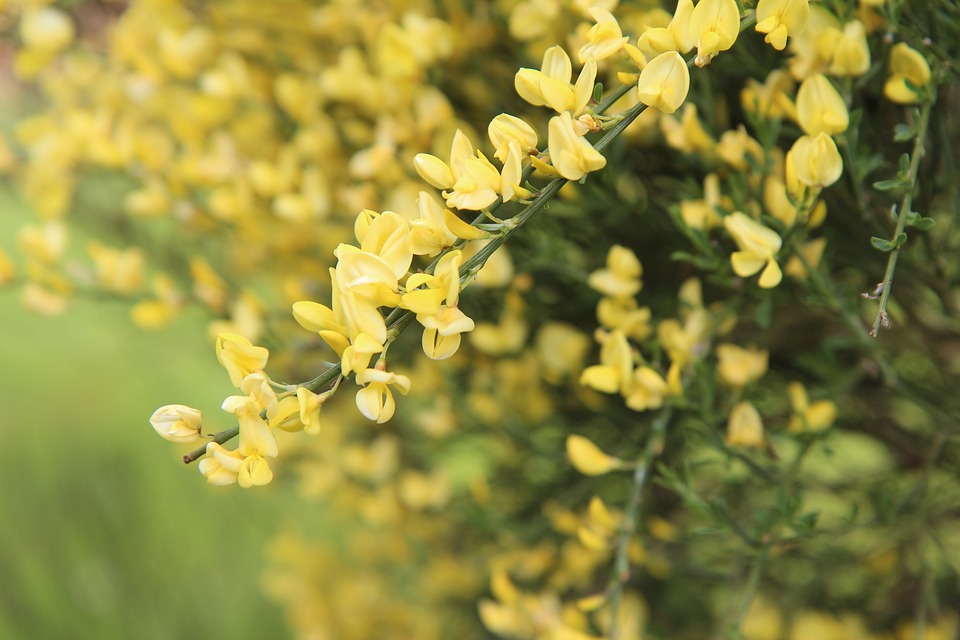
General Presentation
-
CAS N° : 129316-65-0
-
EINECS number : 90131-21-8
-
FEMA number : 2504
-
Density :
-
Optical rotation : Donnée indisponible
-
Allergens : Linalool
-
Refractive Index @20°C : Donnée indisponible
-
Volatility : Base
-
Price Range : €€€€€
-
Appearance : Pale yellow liquid
Uses
Other comments :
Broom is part of the composition of kyphi, whose earliest writings date from 1600 B.C. Kyphi is a sacred incense of the ancient Egypt gods. Broom was among the plants burned in the kyphi.
Stability :
Solubility issues in perfumes
Stable oil in perfumes and in diverse functional bases
Uses in perfumery :
Used in floral accords (mimosa, rose, violet, tuberose, osmanthus) for its amber facet. Also used in chypre and oriental perfumes. Good association with osmanthus.
Major Components :
- Linolenic Acid (25-30%)
- Palmitic Acid (20-25%)
- Linalool (≈11%)
- Oleic Acid (≈6%)
- Linoleic Acid (≈4%)
- Myristic Acid (≈4%)
- Linalyl Acetate (≈3%)
- 1,3 Octenol (≈3%)

Photo credits: ScenTree SAS
Botanique :
Cytisophyllum sessilifolium (L.) O.Lang
Synonyms : Cytisus sessilifolius L. // Cytisus glaber Bubani, 1899
Chemotypes :
Broom is the only specie of the genus Cytisophyllum in the world. No other chemotype exists.
Nevertheless, we often speak of the Spanish broom or Spartium Junceum, that also belongs to the Fabaceae family. It is also extracted with volatile solvent for its olfactory interest.
Extraction process :
Once 'purified', the gum can be processed using the different traditional ways of extraction, including :
Geographic origin :
Data not available.
Regulations & IFRA
This ingredient is not restricted

